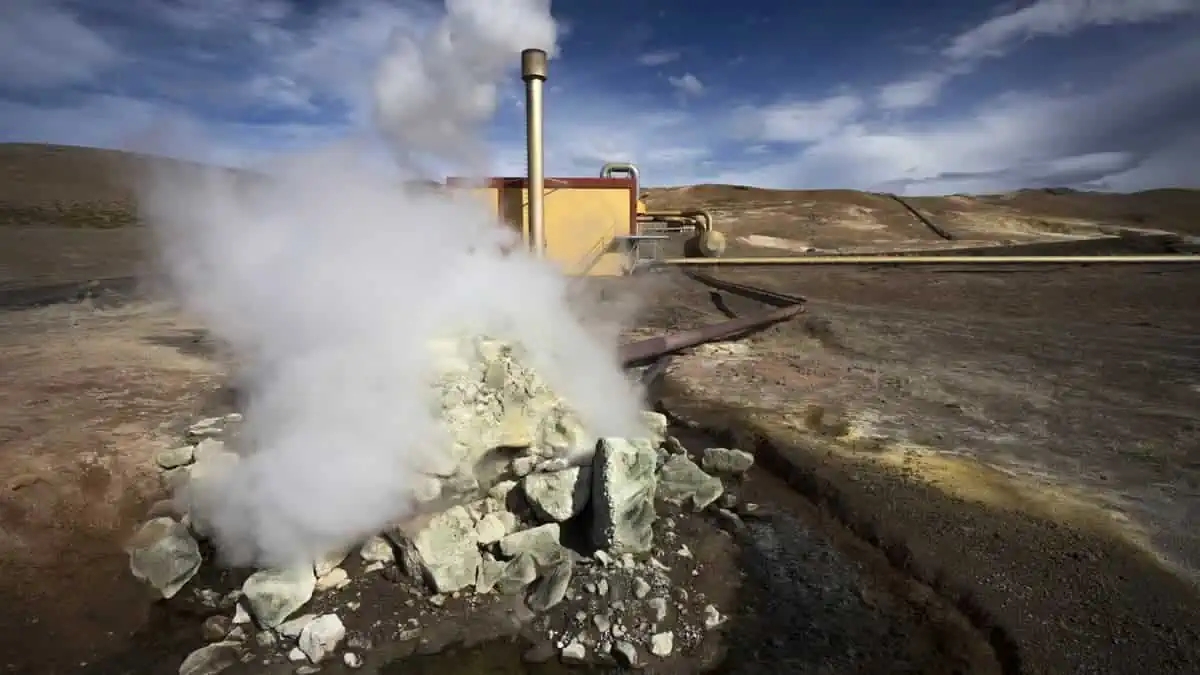The US Department of Energy (DOE) expects next-gen geothermal power could generate 10% of additional “clean firm” energy to aid the country’s shift to sustainable energy.
US DOE’s 2050 forecast
The DOE indicated in its “Pathways to Commercial Liftoff” report on Tuesday that new geothermal development practices and technologies can boost the US’ current installed capacity by more than twentyfold.
Energy Secretary Jennifer Granholm stated that there is an “enormous potential” for geothermal expansion in the country, saying that next-gen geothermal can economically generate 90 GW of the 700-900 GW of additional clean firm power to decarbonize the economy by 2050.
“With strong public-private partnerships we can lower costs for this hot technology to expand access for cleaner, more reliable power to communities across the nation.”
Energy Secretary Jennifer Granholm
What are next-gen geothermal technologies?
For context, next-gen geothermal technologies consist of the adoption of advanced drilling and hydraulic fracturing practices. These technologies enable power generation to occur in areas where hot rock was previously impenetrable.
Therefore, the DOE believes that next-gen geothermal energy can match the cost competitiveness of other energy sources available today.
“Reasonable advances expected in drilling, reservoir engineering, and resource exploration” could reduce the national average cost of enhanced geothermal systems to $60-$70/MWh by 2030.”
DOE’s Pathways to Commercial Liftoff report
According to the government agency, those price levels indicate profit margins of $10 to $30 per MWh at current power purchase agreement prices.
Government efforts
In hindsight, the DOE announced its target to cut the enhanced geothermal systems costs by 90% to $45/MWh by 2035 in 2022.
“Recent technical successes indicate the industry is on track to achieving ambitious targets.”
DOE’s Pathways to Commercial Liftoff report
In addition, the DOE has committed to investing in new technology. In February, the agency announced plans to invest a maximum of $40 million in two enhanced geothermal systems pilot projects. The first project is led by Chevron New Energies in California, while the other is led by Fervo Energy in Texas.
Moreover, Sen. Mike Lee, R-Indiana, along with Sens. James Risch, R-Idaho, and Catherine Cortez Masto, D-Nev., announced the Geothermal Energy Optimization Act on March 14. The bill primarily aims to boost the uptake of geothermal energy in the US.
“By introducing this bill, we aim to break down the bureaucratic barriers that have stifled innovation and investment in geothermal technology for far too long. Our legislation will streamline the permitting process, making geothermal energy a more feasible option for supplying baseload power to communities across the United States.”
Sen. Mike Lee
The Pathways to Commercial Liftoff report reinforces the goals of the agency’s Enhanced Geothermal Shot under the Energy Earthshots Initiative, which seeks to unlock the Earth’s near-inexhaustible heat resources and introduce enhanced geothermal systems in the US.






